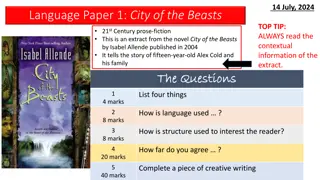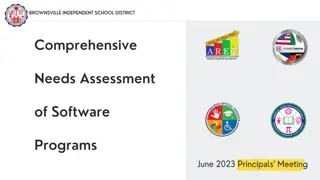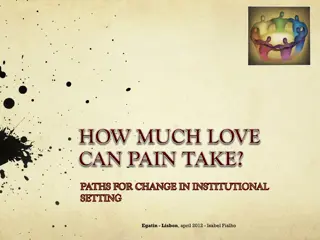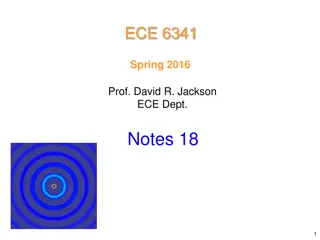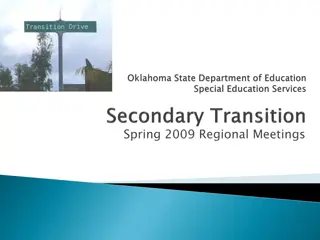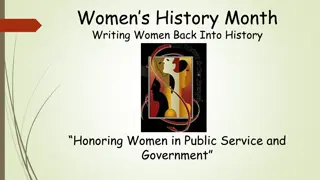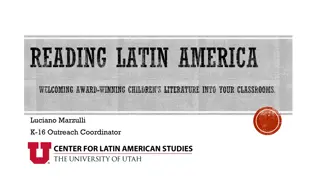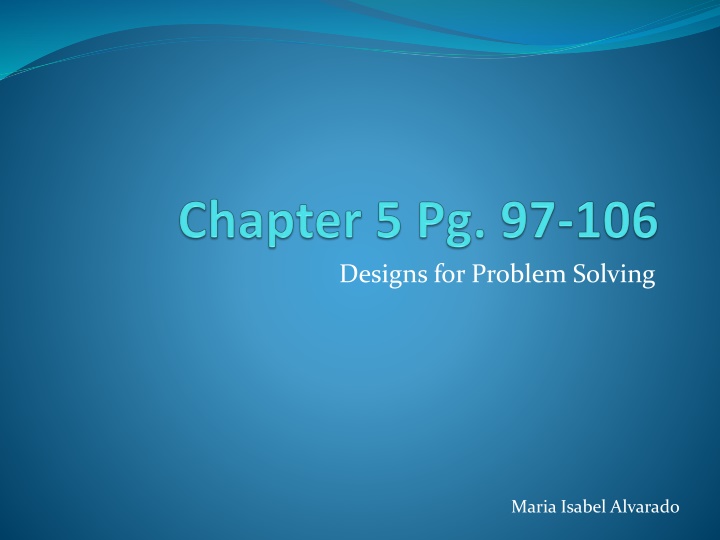
Learning Processes: Strategies and Implications
Explore the intricacies of learning through designs for problem-solving, cognitive science perspectives, and the acquisition, retention, and retrieval of information. Discover the importance of elaborative processes in memory formation and the synoptic connections between neuron cells in learning.
Download Presentation

Please find below an Image/Link to download the presentation.
The content on the website is provided AS IS for your information and personal use only. It may not be sold, licensed, or shared on other websites without obtaining consent from the author. If you encounter any issues during the download, it is possible that the publisher has removed the file from their server.
You are allowed to download the files provided on this website for personal or commercial use, subject to the condition that they are used lawfully. All files are the property of their respective owners.
The content on the website is provided AS IS for your information and personal use only. It may not be sold, licensed, or shared on other websites without obtaining consent from the author.
E N D
Presentation Transcript
Designs for Problem Solving Maria Isabel Alvarado
Designs for Learning Problem solving strategies Instruction and learning Activities that provide opportunities for learning.
Kandel (1992) discusses learning in terms of how the synoptic connections between neuron cells are strengthened or altered as the person learns through interaction or internal processing. (Norton & Wilburg , 2003)
Research on Learning: Psychology of Behaviorism: study of human behaviors or actions. Cognitive Science: perspectives on learning from fields of linguistics, computer science, anthropology, and psychology had added to understanding of human information processing. On-going research continues as to how we learn and think. This is important as educators so that we can design opportunities for learning that require thinking and problem solving. These opportunities have to account for all the interactions and abilities that our students have walking into the classroom.
1. Is seen as a muscle. to strengthen: study of Latin and Greek or Mathematics ANALOGIES 2. Brush strokes on canvas or writing on a tablet 3. Reference book or a library The Print Shop 2.0
Acquisition, retention, and retrieval of information. The Print Shop 2.0
The Path to Stored Memory Information perceived by senses (aural, visual, and symbolic), temporarily stored in short-term memory and operated upon by elaborative processes, finally stored in long-term memory.
Elaborative Processes Repetition (patterns, chunks, clusters, or associations) Short-term memory is limited to seven elements, meaningful and memorable. Extracting meaning from concrete or symbolic experiences; classifying experiences, and linking new information to existing memory. example:
Concept Mapping Concept mapping is a strategy used to analyze concepts to enhance memory of information learned. A concept map requires the exchanging and sharing of information that results in a visual aid in memory. learning and The Print Shop 2.0
Information-Extending Processes The ability to form abstract concepts from concrete or symbolic experiences is known as inductive or convergent thinking. Process of Induction: 1. Selective encoding distinctions from information not immediately obvious. 2. Selective combination - perception of related to unrelated elements. 3. Selective comparison discovery of non-obvious relationship of new and old information. Hypermedia: The use of computers in the classroom allows for information to be processed in a visual and auditory method other than just linear print to further extend the processing of information.




